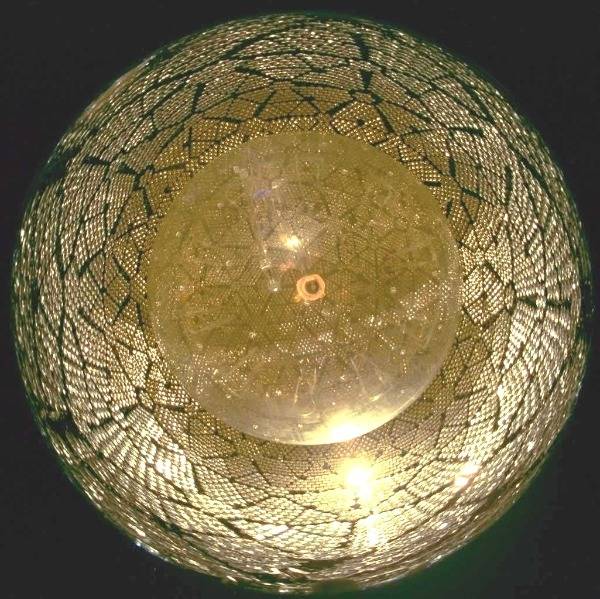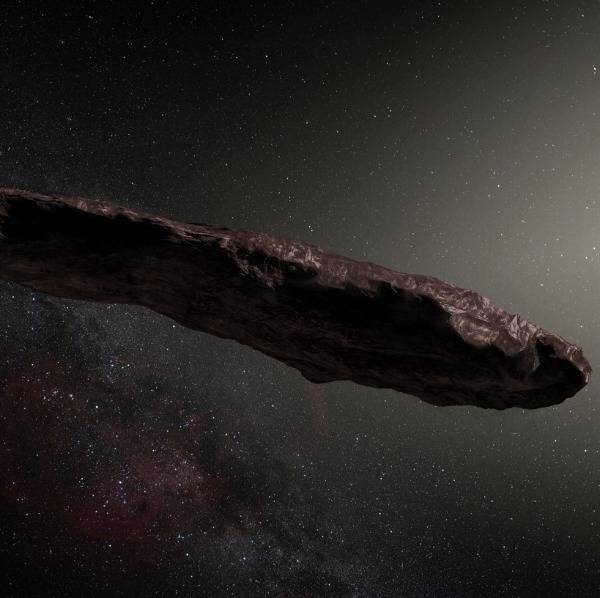
The northern and southern lights are a beautiful display of colours in the sky, caused by a steady breeze of charged particles coming from the Sun – the solar wind – slamming into our atmosphere, energising the air into a plasma which then cools off by emitting light. Now that I’ve moved Down Under, I have a (semi-)local vantage point. The lights appear at the northern and southern parts of Earth because our planet’s magnetic field guides the charged particles along field lines towards the magnetic poles: a handy particle radiation shield.
However, sometimes the solar wind becomes a solar storm, during which the sun ejects a colossal burst of charged particles that carry with them a significant magnetic field. This solar storm field interacts with our magnetosphere causing a temporary decrease in the effectiveness of the geomagnetic radiation shield. The sudden onslaught of particle radiation can temporarily disrupt electronics, satellites, communications and GPS and at worst cause power failures. The global effect means we need to gather all the information we can as early as possible during the rise of these storms. Measuring the geomagnetic field at various points across the world provides valuable insight into their strength.
If you have a smartphone from the last five years, you could help. A study published in the journal Space Weather has demonstrated that smartphones are capable of detecting magnetic variations associated with solar storms, thanks to advances in sensor technology. On the downside, this means that apps relying on the magnetometers in our phones for precise positioning information are likely to be significantly affected during storm events. But it’s also a cool opportunity for a network of measurement stations to capture global changes during storms.
Taking advantage of this, the National Oceanic and Atmospheric Administration in the US launched the CrowdMag app as a magnetic observatory citizen scientist project, collecting data from smartphones. Fancy becoming a space weather monitor? Why not check out the project.
This article is from the New Humanist autumn 2021 edition. Subscribe today.

